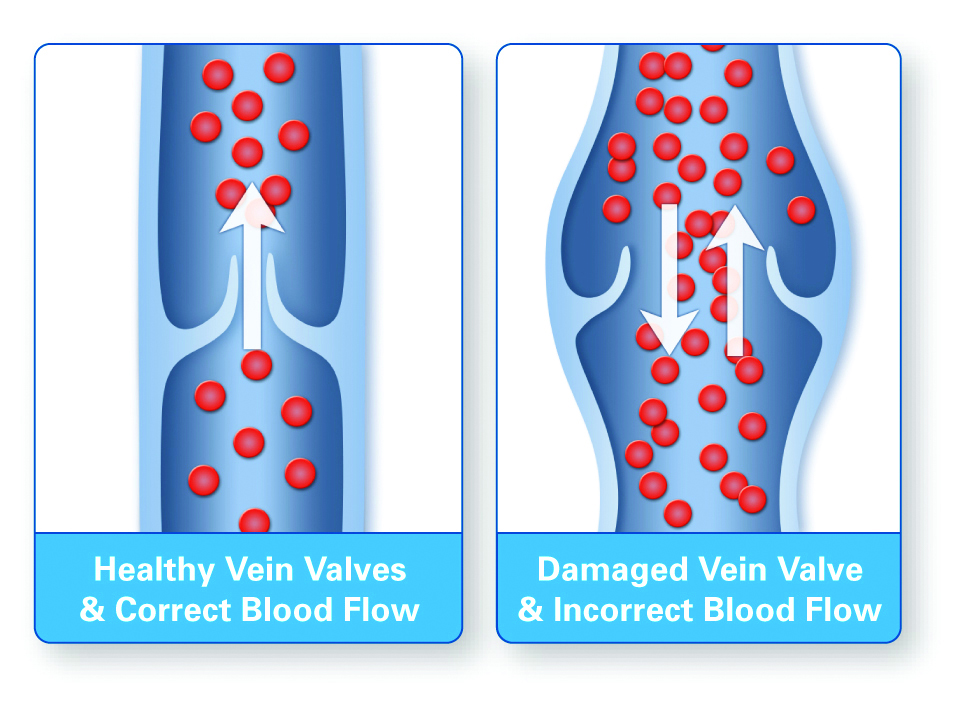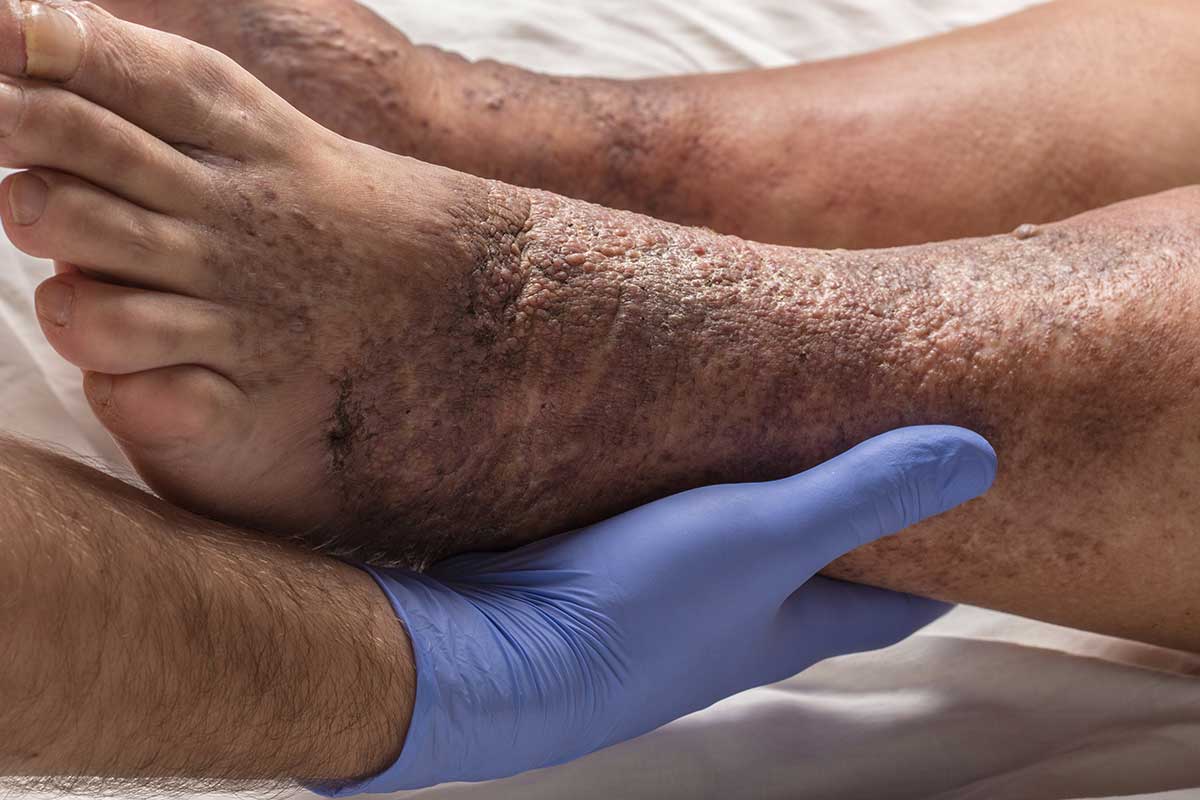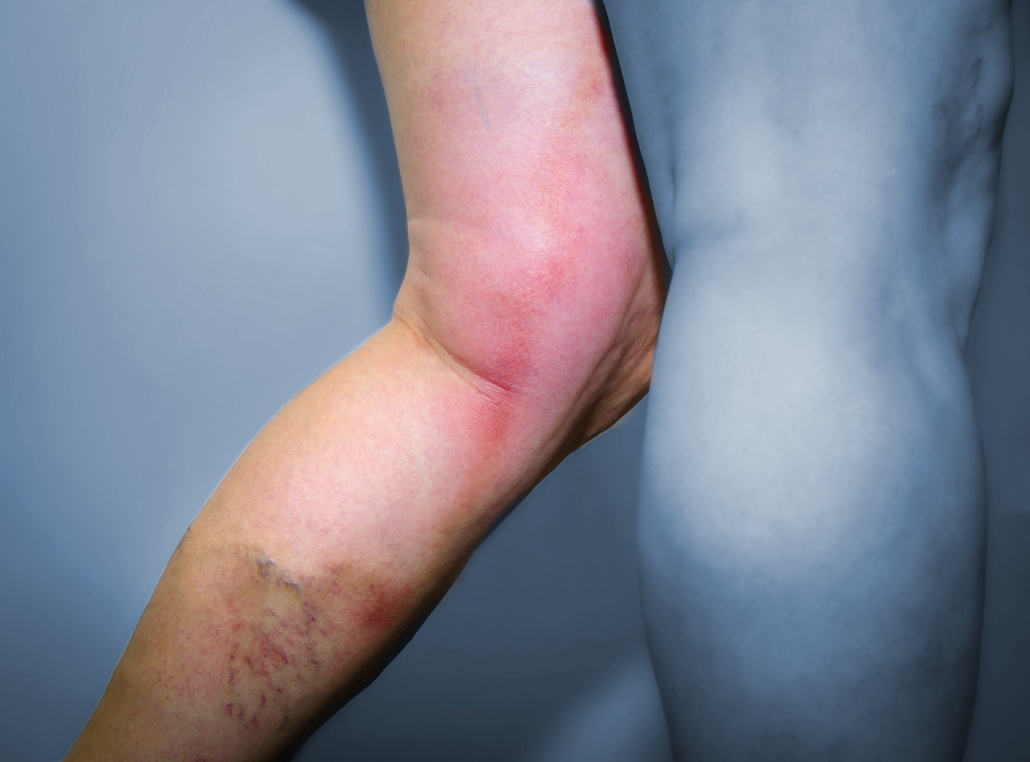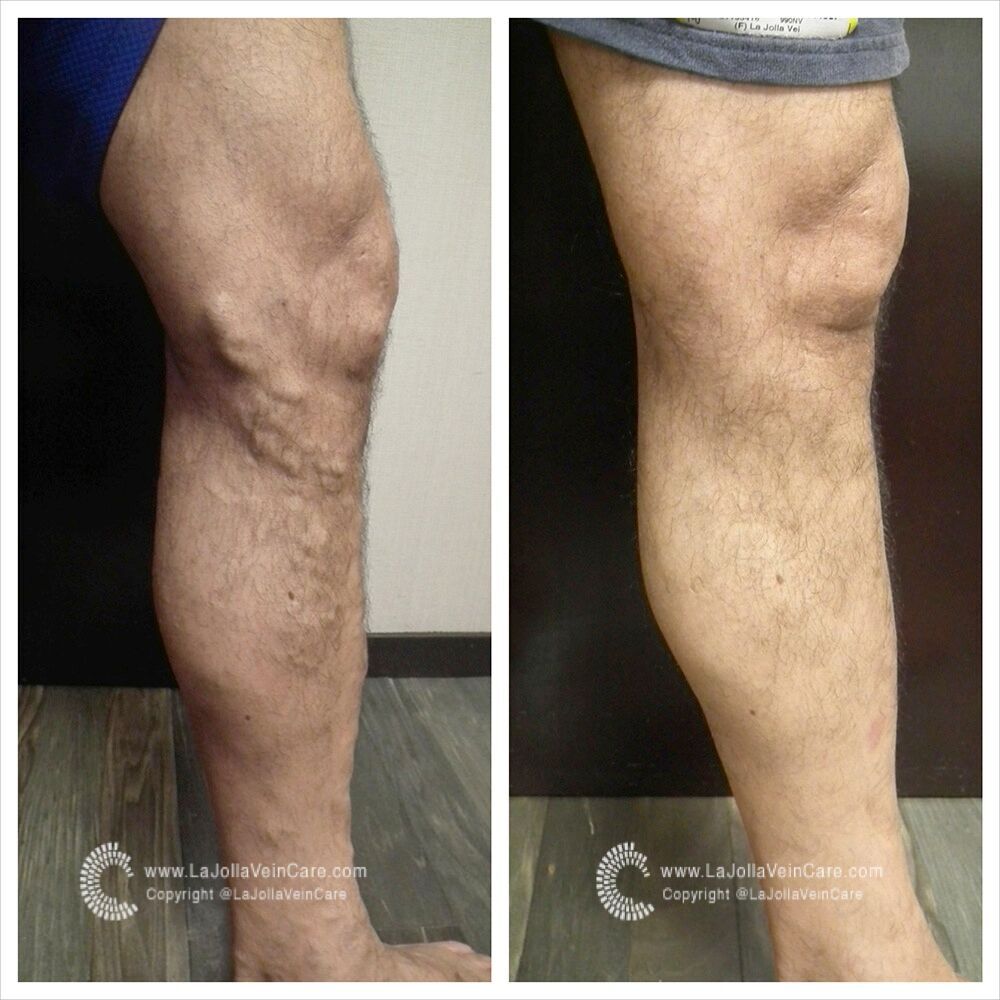Does Flexible Spending (FSA) and Health Savings Accounts (HSA) Cover Compression Socks?
Web@ljvascular.com2014-12-04T01:16:06-08:00Does Flexible Spending (FSA) and Health Savings Accounts (HSA) Cover Compression Socks?

Compression socks and compression stockings are considered medical garments that are typically covered expenses Flexible Spending (FSA) and Health Savings Accounts (HSA). […]







